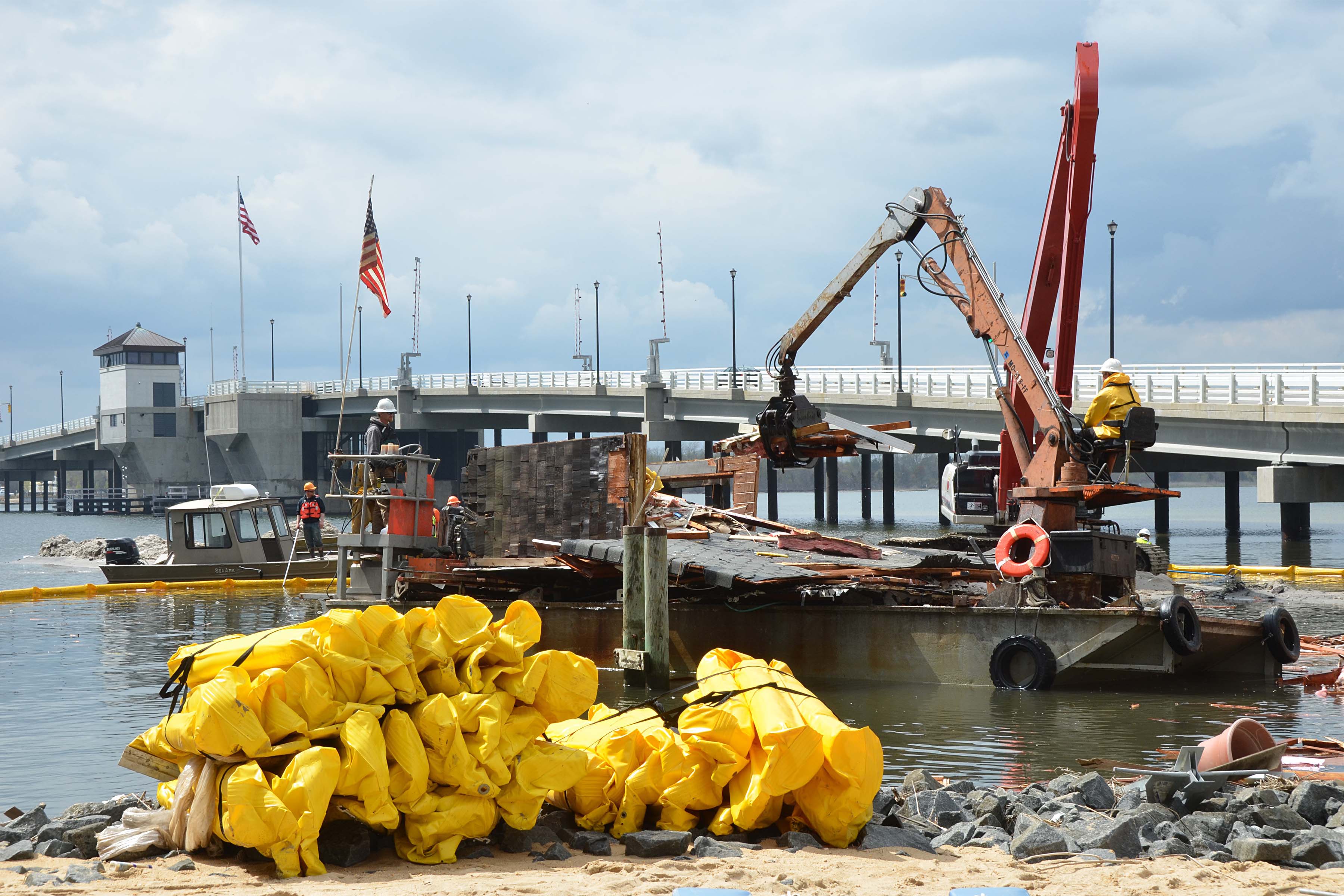The National Oceanic and Atmospheric Administration’s (NOAA) Marine Debris Program is pleased to release the “United States Marine Debris Emergency Response Guide” (Guide). Developed in collaboration with other federal agencies, the Guide aims to improve preparedness for responding to marine debris after hurricanes and other disasters in coastal areas of the United States, including the Great Lakes and territories.

Marine debris ends up in the ocean every day as a result of littering and poor waste management. Occasionally, such as during natural disasters, large amounts of debris enter waterways all at once. Disaster-related debris can include abandoned and derelict vessels, construction and demolition debris, and household hazardous waste, among other types of debris. It can be a danger to boat traffic, damage habitat, and even release pollution.
To prepare for these impacts, the NOAA Marine Debris Program works with coastal states and territories to develop response guidance documents. The United States Marine Debris Emergency Response Guide serves as a reference for all U.S. states and territories and will support regional and national planning and response efforts. The Guide seeks to capture the most likely response structures and actions at the federal level, with the understanding that state and local agency involvement is a critical component of an effective response.
Check out this Guide as well as Guides from other regions on our website.
